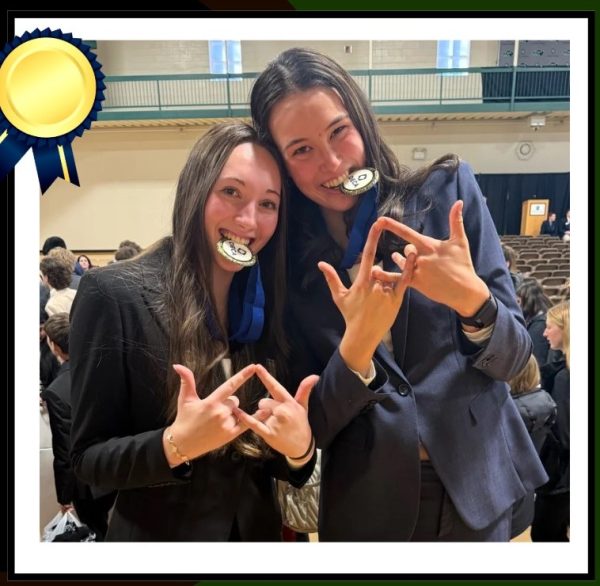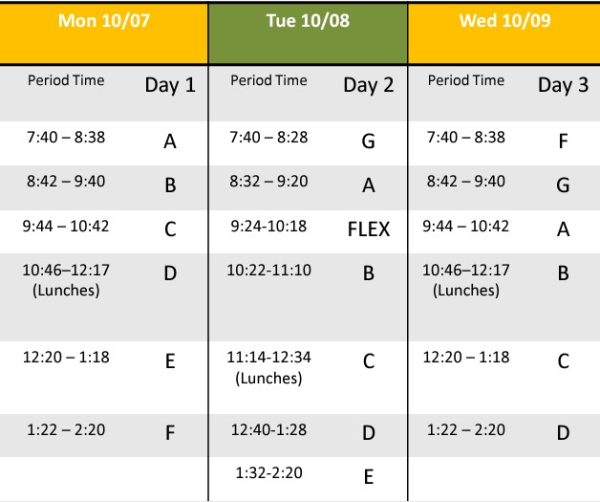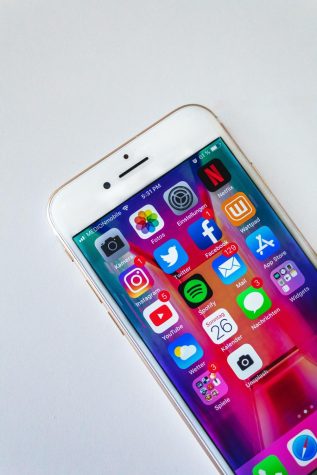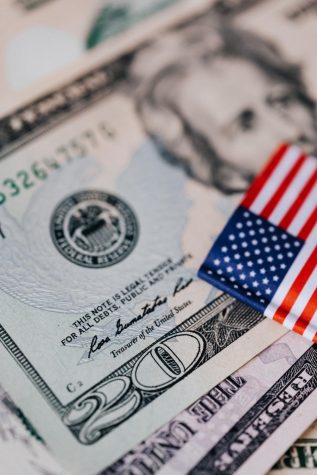Do We Need More Late Starts?

Beginning this year, the Nashoba Regional High School has been following the examples of many other schools across the country by adding late starts to their schedule. While these late starts are definitely a push in the right direction, students still seem to be suffering from sleep deprivation.
According to the National Sleep Foundation, teenagers should get between eight to ten hours of sleep each night. In addition, a study has found that only 15% of such teenagers have reported sleeping 8.5 or more hours on school nights. This is a major problem among high school students all across the United States.
For instance, Nauset High School in Eastham, Massachusetts, after adjusting their start time an hour later, have been experiencing improved grades and fewer suspensions, among other things. CDC, Centers for Disease Control and Prevention, explains that adolescents who are sleep deprived are more likely to be overweight, perform badly in school and suffer from depressive symptoms.
This means that teenage students need more late starts to function efficiently. Not to mention that traveling to school early in the morning could be unsafe for sleepy students. Sleep deprivation cannot be solved by just an earlier bed time. The National Sleep Foundation says that the biological sleep patterns of students shift during adolescence, meaning that it is natural for a teenager not to be able to fall asleep before 11 pm.
Many groups who are looking to delay school start times meet resistance. Concerns with this include new schedules for after-school activities and traffic issues.
Despite these concerns, if Nashoba Regional High School adopted more late starts, parents and staff could potentially see vast improvements in students’ mood, behavior, and academic performance. According to Start School Later, some parents expressed skepticism before the change, but after a year of later start times, 92% of parents reported that they were very happy with the new schedule.
Image Courtesy of Scientific America










